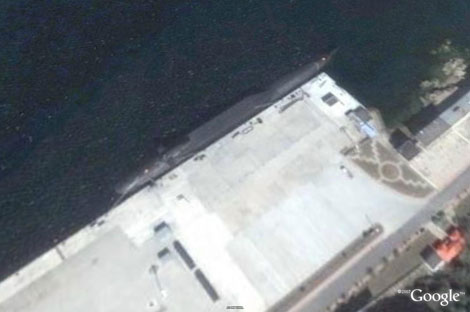Oct 15, 2007
Structure of influenza B virus protein gives clues to next pandemic
Posted by Brian Wang in categories: biological, defense, existential risks, lifeboat
This is interesting research and progress in understanding and possibly blocking changes that would lead to pandemics.
In a report that goes online today in the Proceedings of the National Academy of Sciences (PNAS), Drs. Qinghua Wang, assistant professor of biochemistry and molecular biology at BCM, and Jianpeng Ma, associate professor in the same department and their colleagues describe the actual structure of influenza B virus hemagglutinin and compare it to a similar protein on influenza A virus. That comparison may be key to understanding the changes that will have to occur before avian flu (which is a form of influenza A virus) mutates to a form that can easily infect humans, said Ma, who holds a joint appointment at Rice. He and Wang have identified a particular residue or portion of the protein that may play a role in how different types of hemagglutinin bind to human cells.
“What would it take for the bird flu to mutate and start killing people” That’s the next part of our work,” said Ma. Understanding that change may give scientists a handle on how to stymie it.
Continue reading “Structure of influenza B virus protein gives clues to next pandemic” »









